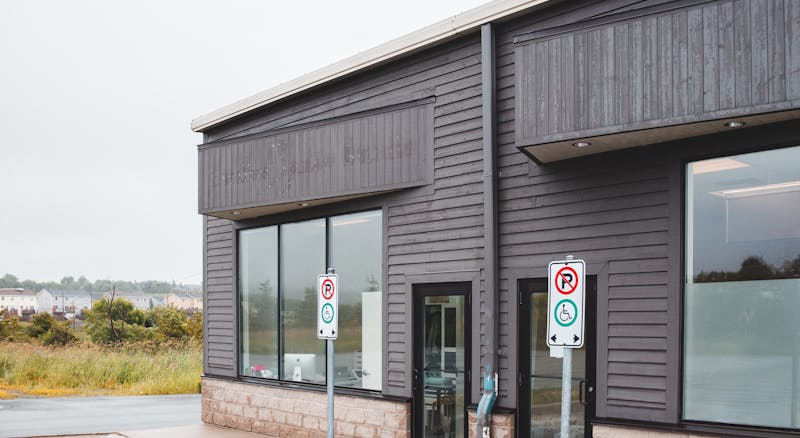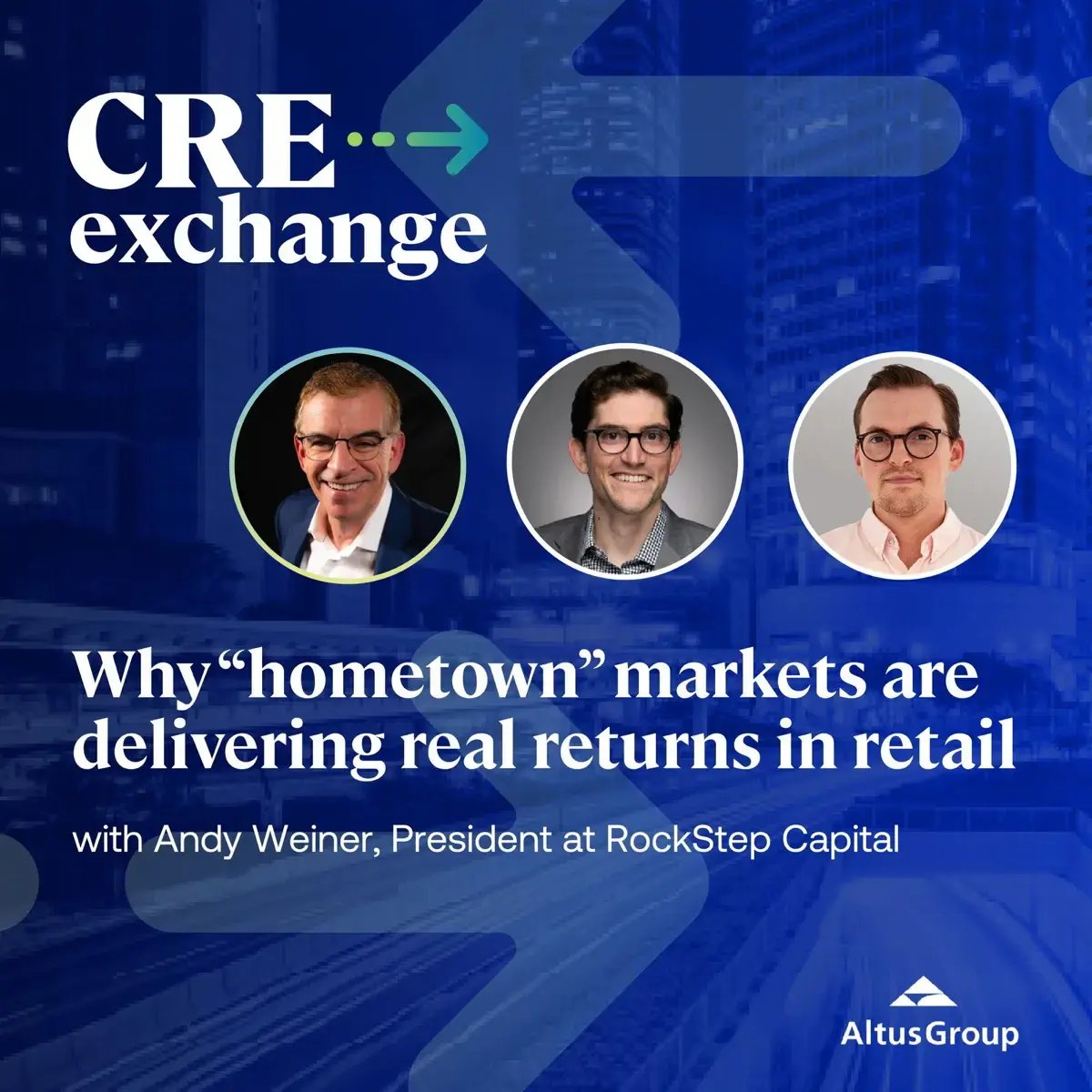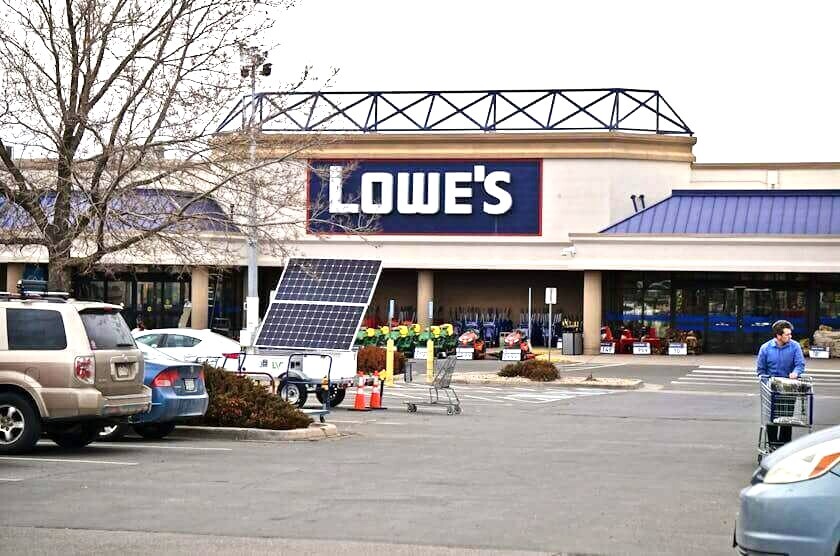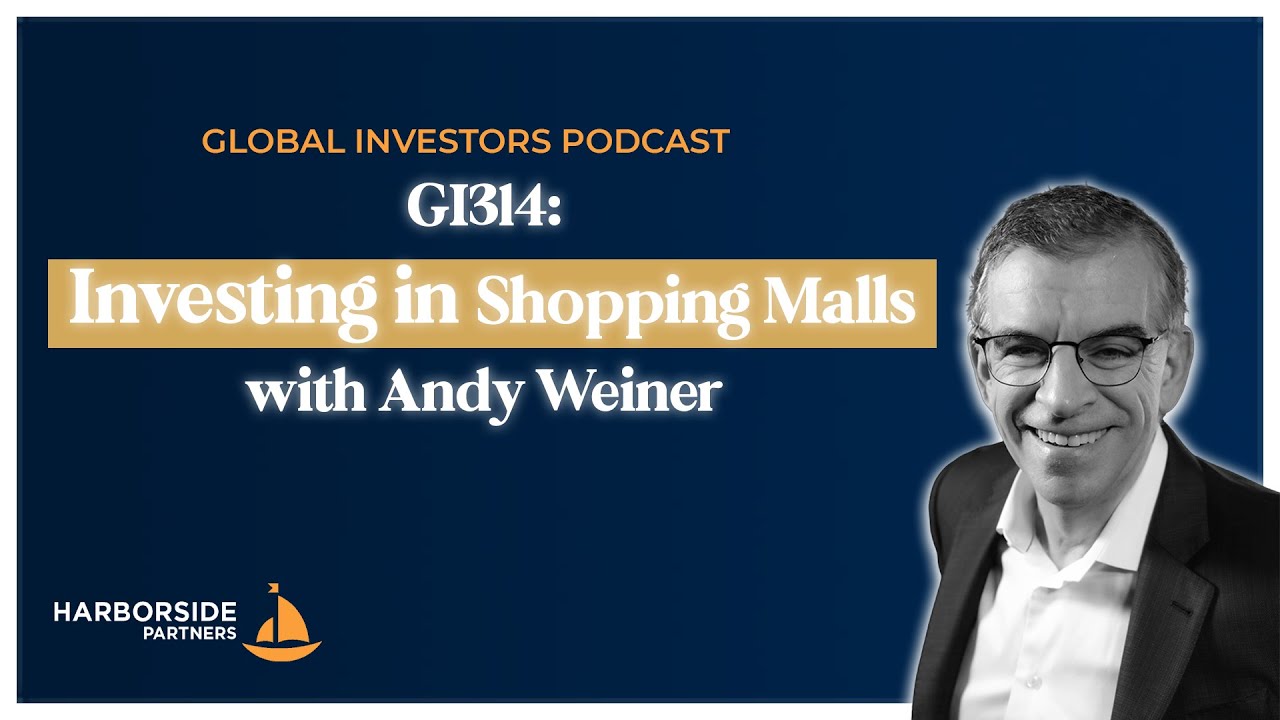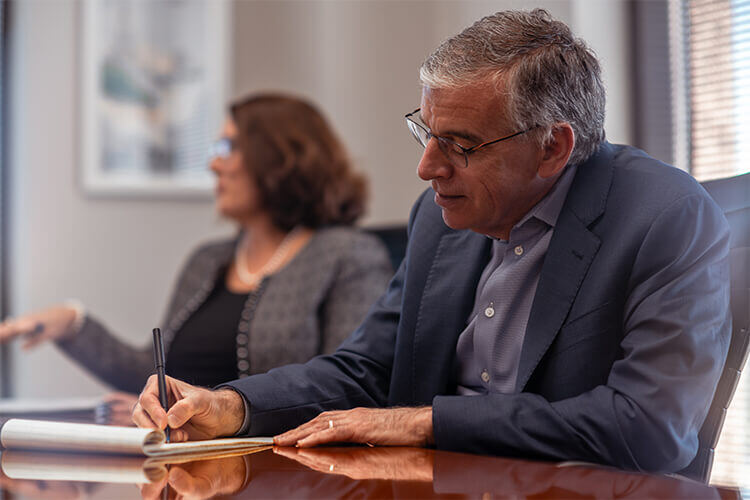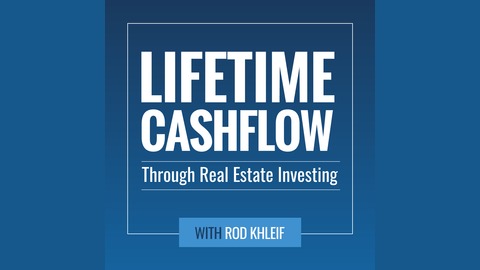You Need To Invest In Valuable Grocery-Anchored Retail in 2025
April 21st, 2025
6 min read
By Andy Weiner
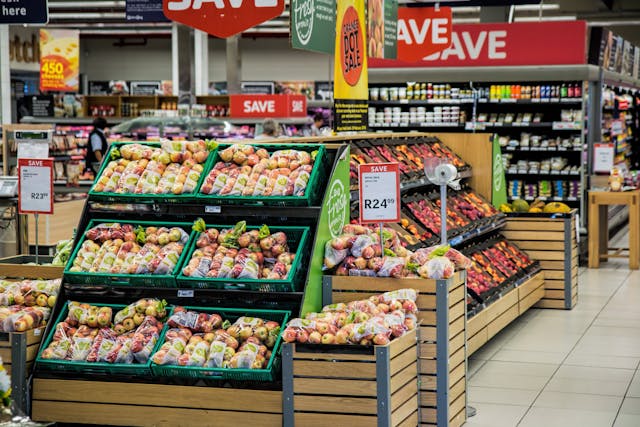
For more educational videos like these, check out The Shopping Center Channel!
While stocks plummet and markets crash, grocery-anchored shopping centers continue to generate cash because people never stop buying essentials like milk, bread, and gasoline.
In a world where volatility is constant—from global politics to the stock market—there’s one thing I’ve found to be remarkably stable: grocery-anchored shopping centers. After decades in commercial real estate, I can confidently say these properties continue to outperform expectations, especially when compared to other retail formats.
The Core Advantage: Daily Traffic Driven By Grocery Stores
What makes grocery-anchored centers so resilient is their role in daily life. They aren’t built around seasonal shopping or trendy discretionary purchases. They’re built around needs. The grocery store sits at the heart of the center, pulling consistent foot traffic that sustains neighboring tenants.
The grocery store component is what drives daily and weekly traffic, particularly in secondary and tertiary markets. E-commerce delivery and grocery delivery are not as prevalent as in the big metros. As a result, the daily traffic generates a significant amount of business for the shopping center, and service-oriented tenants adjacent to the retailer also benefit.
That rhythm of routine behavior is powerful. And what’s more, the relationship is mutually reinforcing. The grocery store also benefits because some service-oriented retailers drive a trip, and people can combine it with visits to cleaners, nail salons, and other establishments.
In other words, it creates a symbiotic relationship. That synergy, true convenience across multiple errands in one trip, gives grocery-anchored centers a durability that most retail simply can’t replicate.
Recession-Resistant Retail: What Makes Grocery Centers So Reliable
Every investor eventually asks: “What happens when the economy slows down?”
That’s where grocery-anchored retail stands apart. In lean times, people may cut back on travel, fashion, or dining out. However, they don’t stop buying groceries. The sector is naturally more insulated from recessions.
In the hierarchy of needs and spending, groceries are kind of right at the top. It is less discretionary than other types of expenditures.
This kind of tenant reliability translates directly into pricing and investor behavior. You pay more for grocery-anchored cash flows compared to open-air center cash flows or open-air, non-grocery anchored centers, power centers, or enclosed malls. But that premium is worth it because there’s predictable cash flow, and investors who are looking for more low-risk and stable returns will gravitate to grocery-anchored centers.
I have seen firsthand how this holds across various cycles. While other asset types struggle to recover, well-located grocery centers tend to hold their value and bounce back faster.
Understanding Grocery-Anchored Shopping Center Cap Rates
One of the key distinctions in evaluating grocery-anchored centers is the range of cap rates they trade at. These reflect both the risk profile of the tenant and the quality of the center’s location.
The typical returns for grocery-anchored centers (for high-end groceries, for Trader Joe’s, for Whole Foods, for H-E-B type of centers) are five to six cap. For non-prime type retailers, it’s a six- or seven-figure cap. And then for some of the independent grocery stores, it’s a seven-to-eight-and-a-half-cap.
In other words, the more premium and reliable the tenant, the lower the cap rate, and the higher the valuation.
But cap rate alone isn’t enough. What investors should consider is the percentage of revenue for a shopping center that comes from the grocery store. And the higher that percentage, the better it is for the investor. Higher grocery contribution means greater stability, but it also often means lower diversification. That’s the trade-off.
The sweet spot lies in understanding what kind of risk profile you’re targeting as an investor.
Lease Structures That Build Long-Term Value
When the RockStep Capital team evaluates a center, one of the first things we look at is the lease structure. Not just term length, but how the lease is structured for renewals, increases, and pass-throughs.
You'll see a grocery store with low rents because they are the dominant anchor, and you like to see low rents because it verifies that the tenant will be profitable. Grocery tenants can operate on thin margins, so giving them a rent structure that supports longevity is crucial.
In older centers, there will be rolling five-year leases. This flexibility allows us to retain the tenant long-term while also adjusting to changing market conditions. In newer centers, you can have a 10 or 15-year lease, sometimes a 20-year lease, often flat, but providing a tremendous amount of stability for the center.
We’re currently acquiring a center in Lake Charles, Louisiana, with this exact dynamic. Almost all of the pre-existing tenants at this grocery-anchored property have five-year leases. Those rolling renewals give us predictability without overcommitting in uncertain economic periods.
How Tenant Mix Strategy Enhances Shopping Center Performance
There’s more to a grocery-anchored center than just the anchor. The mix of supporting tenants can make or break performance. We’re constantly curating that mix to ensure tenants are symbiotic, not competitive.
You want to be in neighborhoods that are stable or growing, and you want a variety of uses. That means services like medical, service-oriented cleaners, some restaurants, and certain phone stores (such as T-Mobile or AT&T).
And more importantly: no duplication. You don’t want to cannibalize existing sales with a competitive type of tenant. Certainly not to have more than one nail salon. You don’t want two dentists.
At the same time, variety within service categories works well. Some examples of medical symbiotic tenants that benefit each other are…
- Dental office
- Dialysis office
- Emergency clinic
- Optometrist office
- Other health service providers
We’re not just leasing to whoever shows up. We’re designing ecosystems that thrive together.
Boosting ROI Through Leasing And Cost Control
One of the most direct ways to drive returns in retail real estate is through leasing. If there's a vacancy, you'll fill it up and improve ROI. That seems simple, but it requires a deep knowledge of what tenants are expanding, who can pay market rent, and which uses will boost the center’s overall draw.
Equally important is tenant upgrade. You’ll try to take and replace the weaker tenants with stronger tenants that are either more stable or pay more rent, or both.
And expenses? Every dollar counts. We’re very careful about the expenses we have in a shopping center, and we want to make sure that we can keep expenses low. Over time, small savings on maintenance, insurance, or operations compound into significant gains for investors.
Evaluating Risk: Questions Every Potential Investor Should Ask
Stability doesn’t mean the absence of risk. It just means understanding it clearly.
Questions you need to ask to understand the risk of a grocery-anchored center:
- Are there going to be new entrants?
- How stable is the grocery company?
- How stable is the key tenant?
- What is the probability of a new entrant to the market affecting the viability of the existing tenant?
You also need to evaluate how well the grocer fits the local demographic. If it is an upper-middle-income area, is it more of an upper-middle-income targeted presentation and product mix? In a lower and medium income market, is it appropriate for those markets in terms of product price points? The bottom line is, it has to fit the market.
Why Secondary And Tertiary Markets Offer Hidden Value
These markets may be overlooked by institutional buyers, but they’re exactly where we see outsized value. You can buy grocery-anchored centers at a dramatic discount to their replacement cost. That’s a huge advantage.
Overall, new construction is rare in these places. Additionally, there is very little new grocery construction in retail. So if you have an existing center… You have a very good competitive advantage.
The chance of new construction coming into the market (while it’s not necessarily zero) is pretty low.
How Grocery-Anchored Centers And Diversification Protect You From Volatility
Grocery-Anchored Retail Performs In Volatile Markets
With all the uncertainty in the world at the moment regarding tariffs and foreign goods, this asset class is one of the few that offers a steady hand.
Frankly, the geopolitical and political risk of instability is as high as it’s been in decades. And stock market volatility is extremely high. In contrast, grocery-anchored shopping centers offer something most assets can’t right now: calm amid the storm. It’s not flashy. But it works. And above all, it’s more stable than just investing in some random stocks.
Diversification Helps Investors Harness Stability
For investors (especially first-timers), one of the best ways to harness that stability is through strategic diversification. If you’re going to invest in retail, invest in multiple retail assets in multiple geographies.
The advantage of diversification is that the ability to hit a targeted return is higher with a diversified portfolio. If you have five different shopping centers in a fund, one will underperform, one or two should overperform, and the other two should be on average. So it should balance out, and you can benefit from stable returns over an extended period.
That’s how we build strength into a portfolio. Not by chasing the next big thing, but by balancing risk and anchoring ourselves to something essential—something people rely on day in and day out. That’s what grocery-anchored real estate is all about.
Why We Keep Coming Back To Grocery-Anchored Shopping Centers
At the end of the day, I keep coming back to grocery-anchored shopping centers because they offer what few other assets can: long-term resilience, predictable returns, and a connection to daily consumer behavior. This is where we do our best work, and where I believe the smartest money will continue to go.
Stable, lower returns versus higher returns that have more risk. Higher returns, higher risk. And in times like these, I’ll take stability every time.
Andy Weiner is the CEO and Founder of RockStep Capital, a Houston-based real estate investment firm focused on shopping center developments in secondary and tertiary markets. A Stanford and University of Texas graduate, he began his career in his family’s retail business. Since 1997, he has led the acquisition or development of over 9.7 million square feet of shopping centers across 11 states without capital calls or assets returned to lenders.
Topics:





